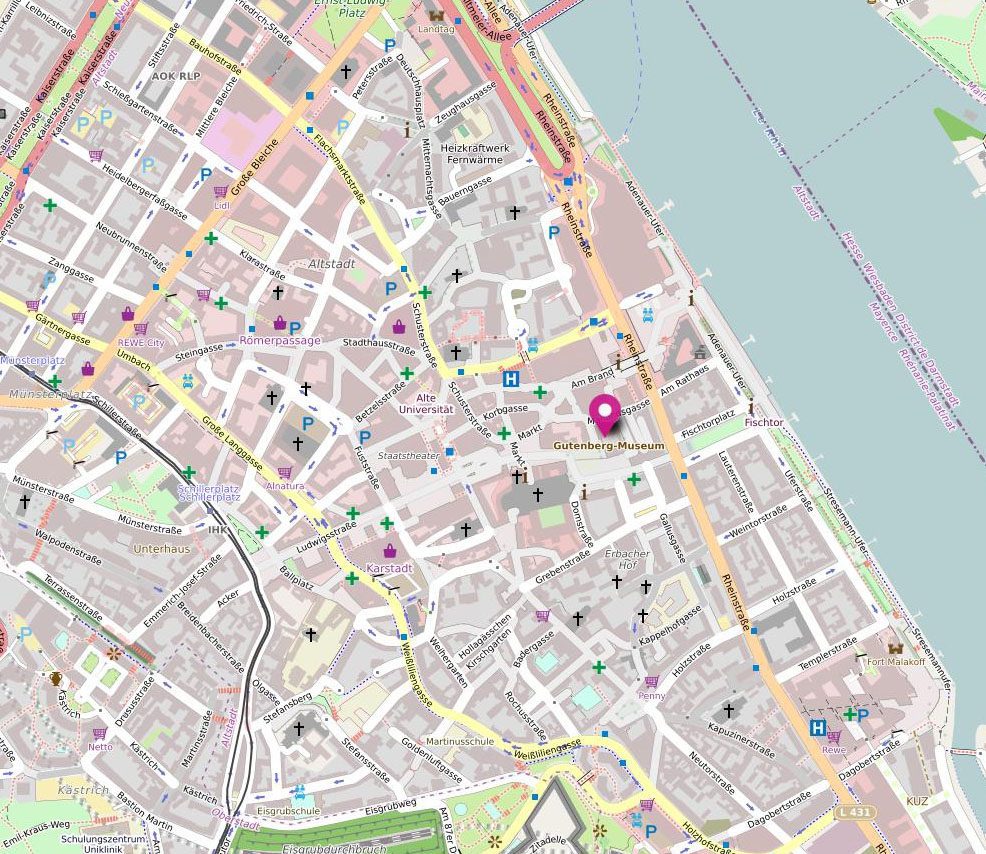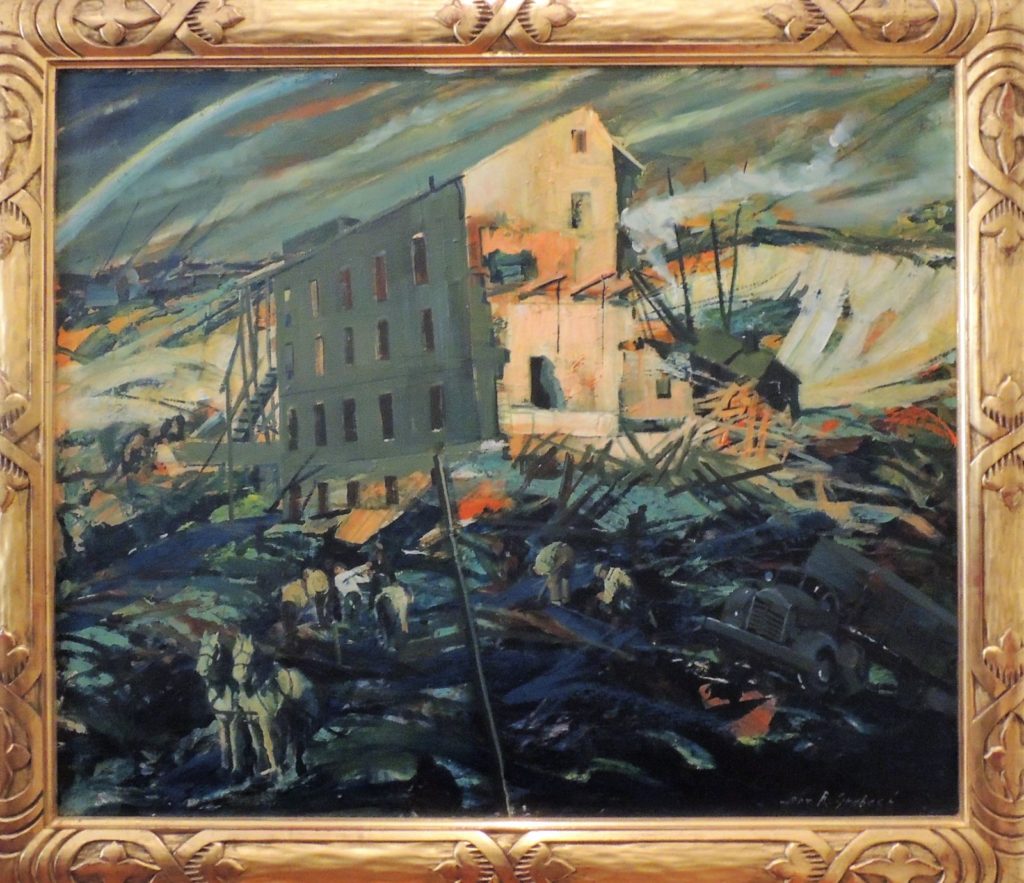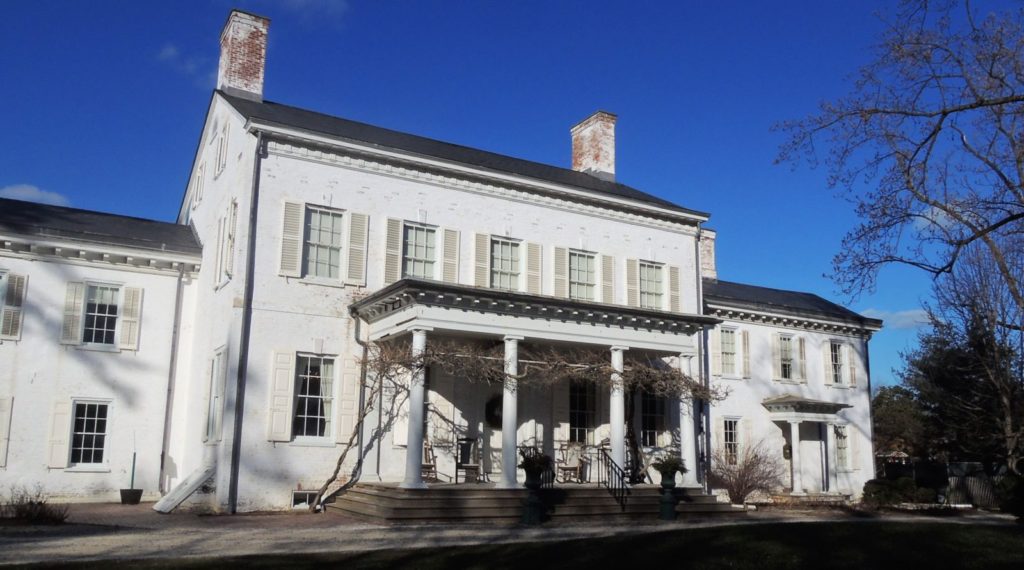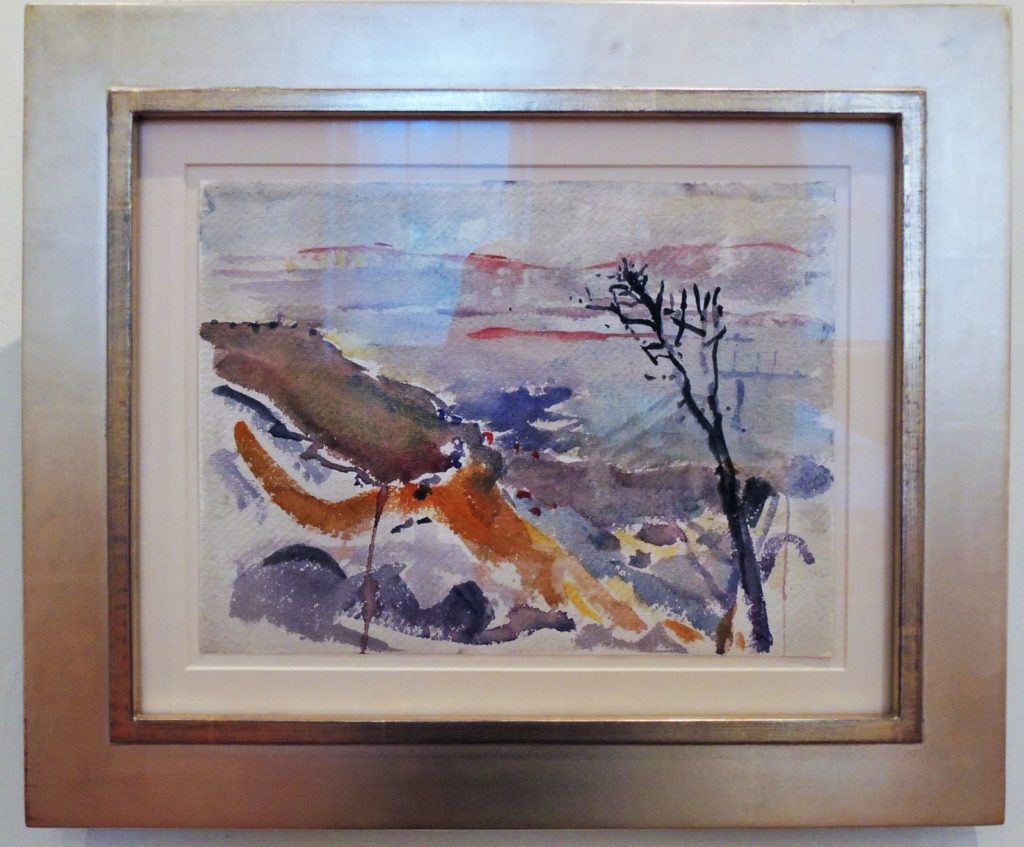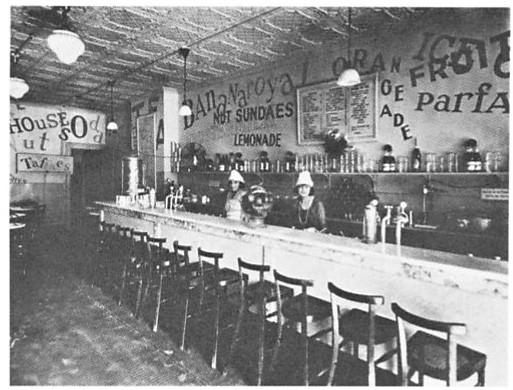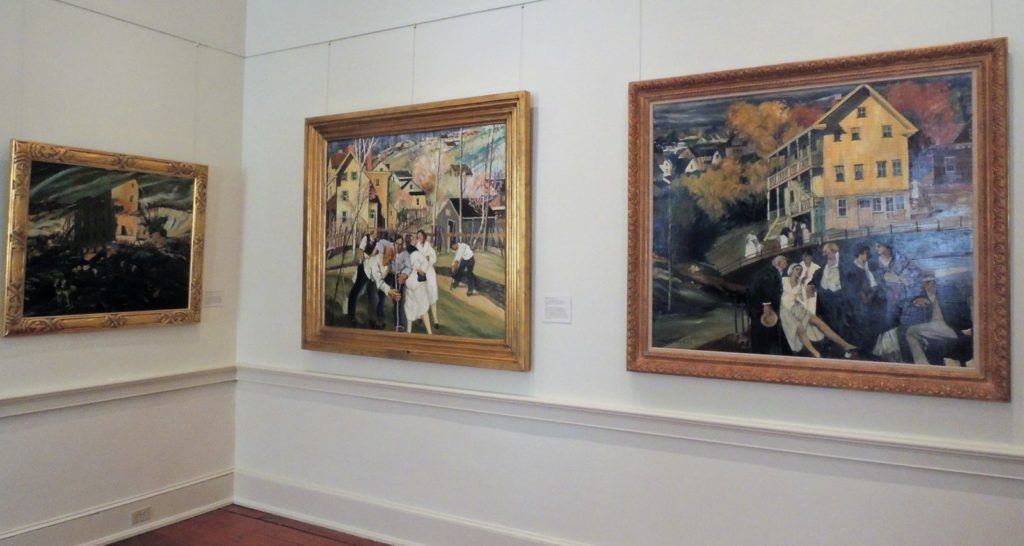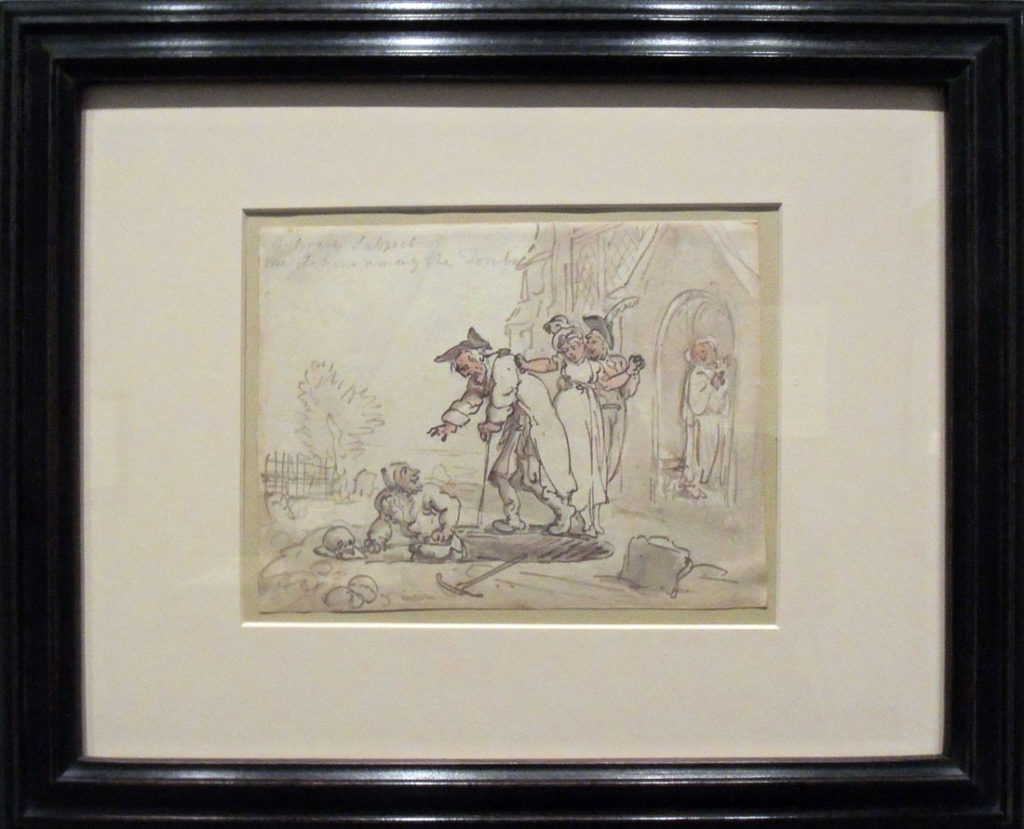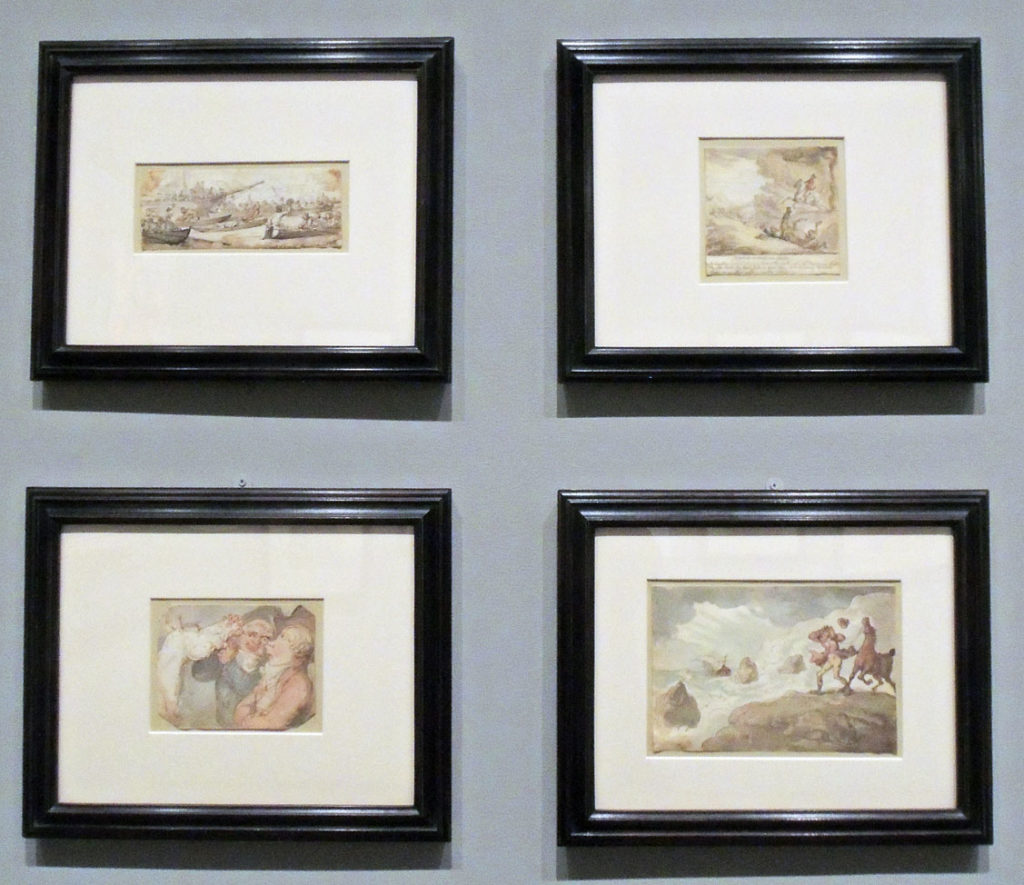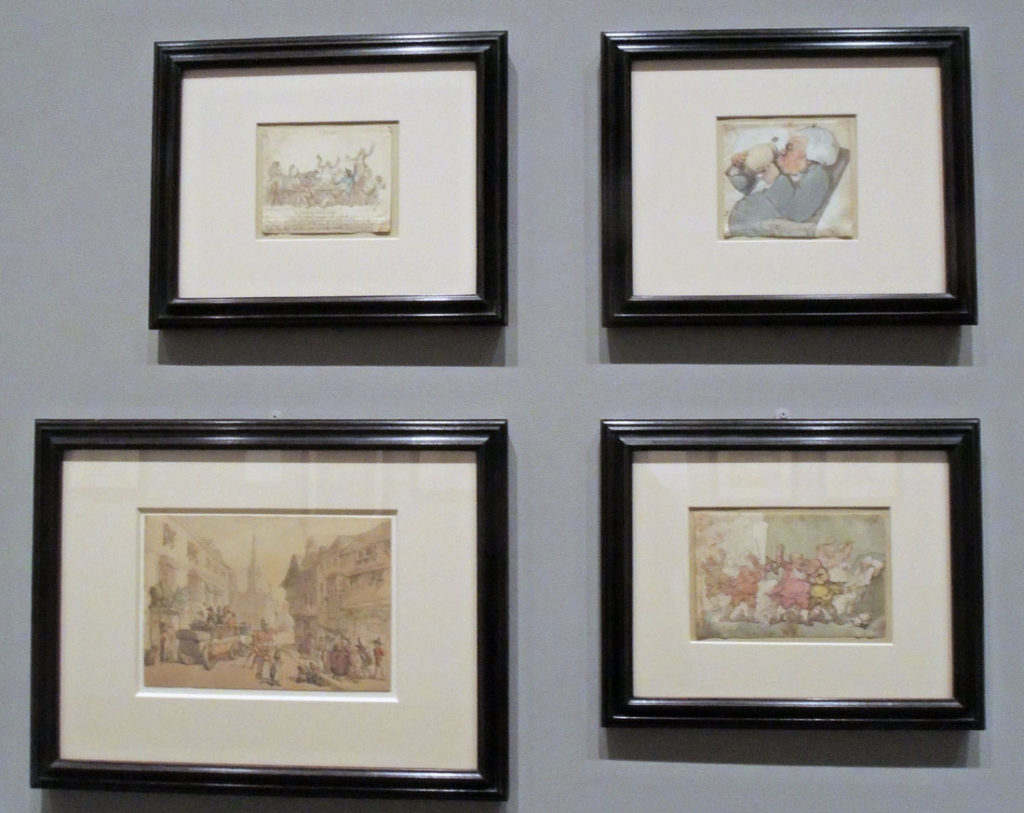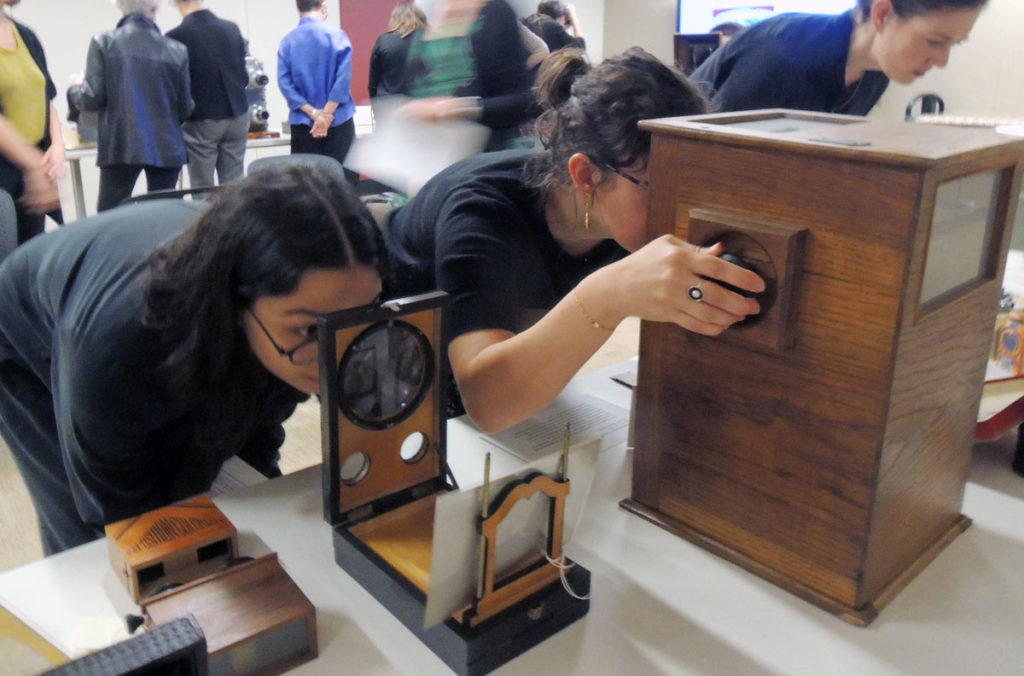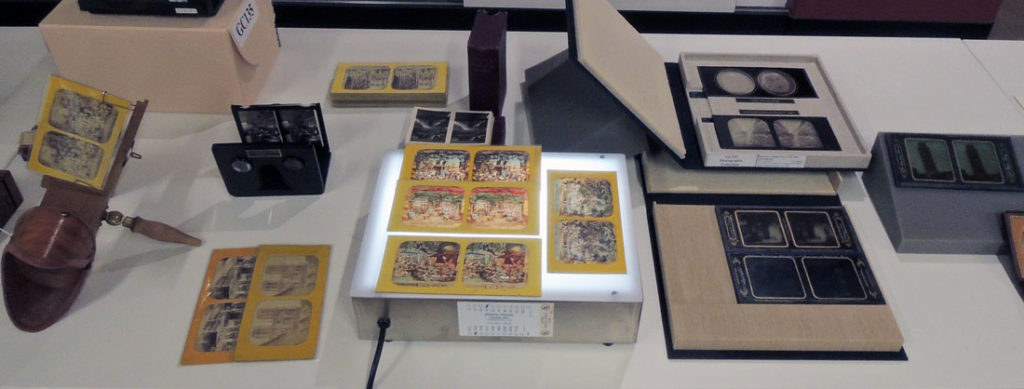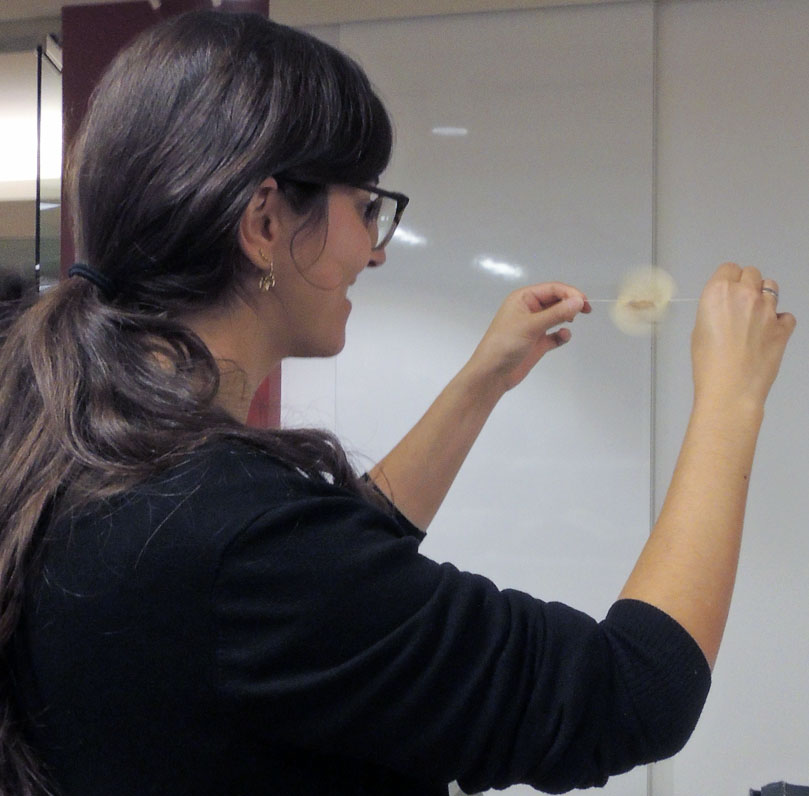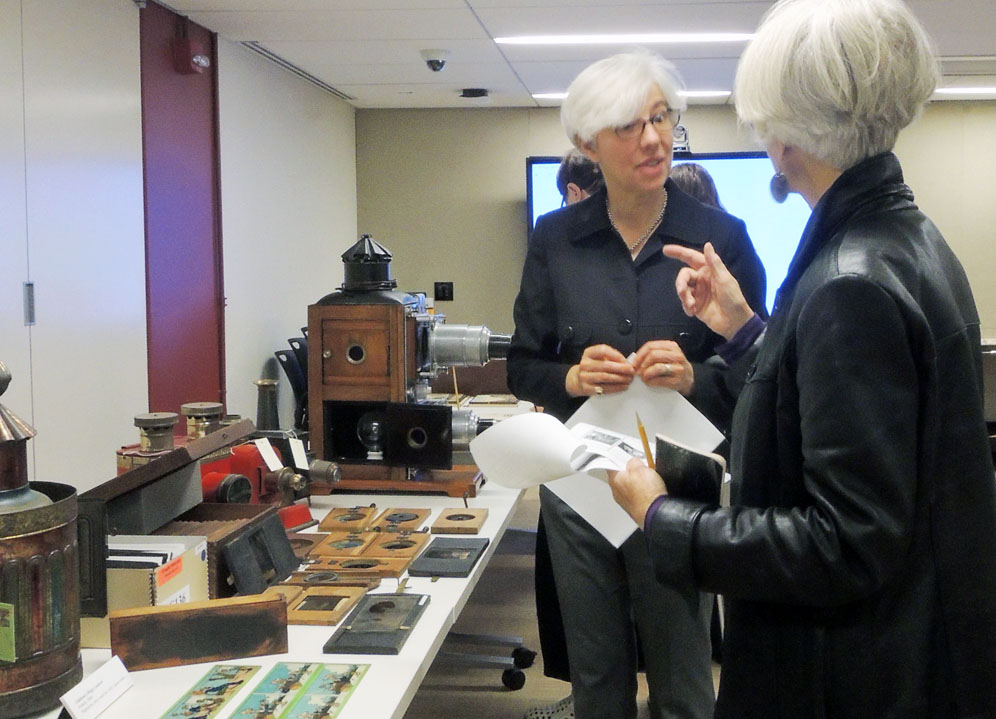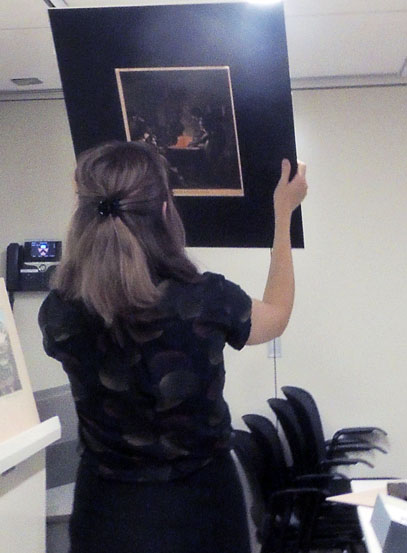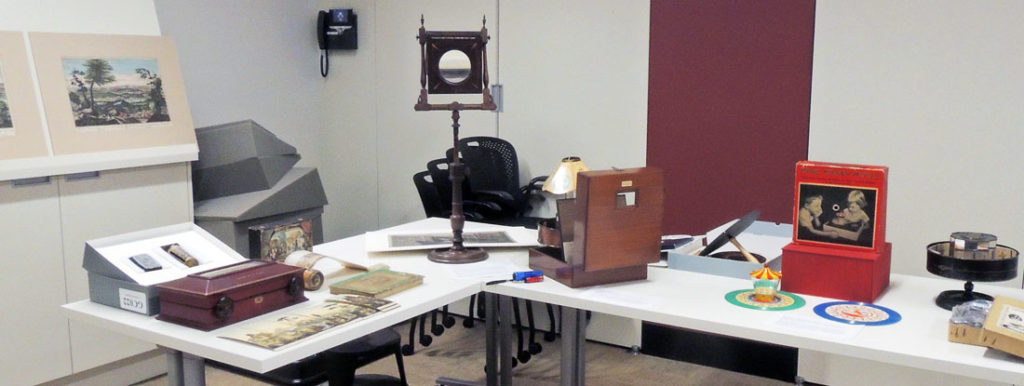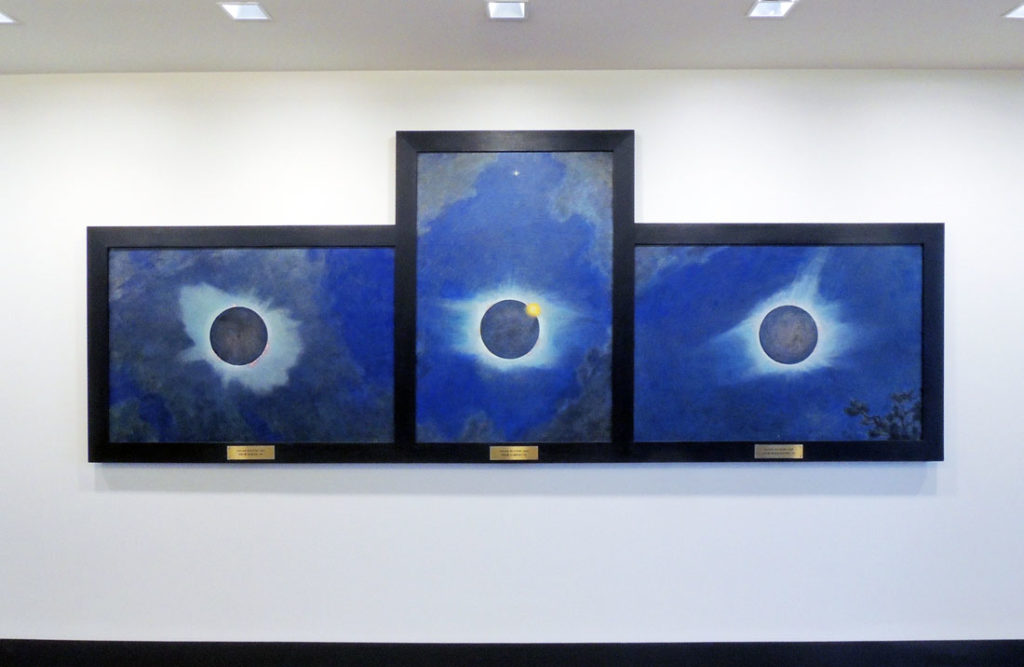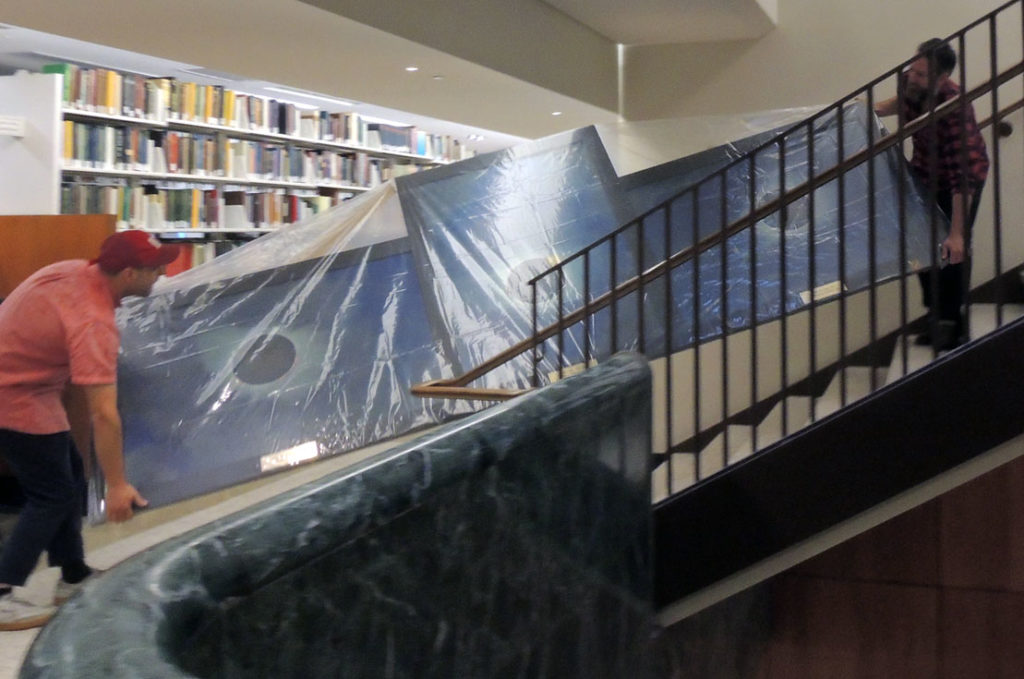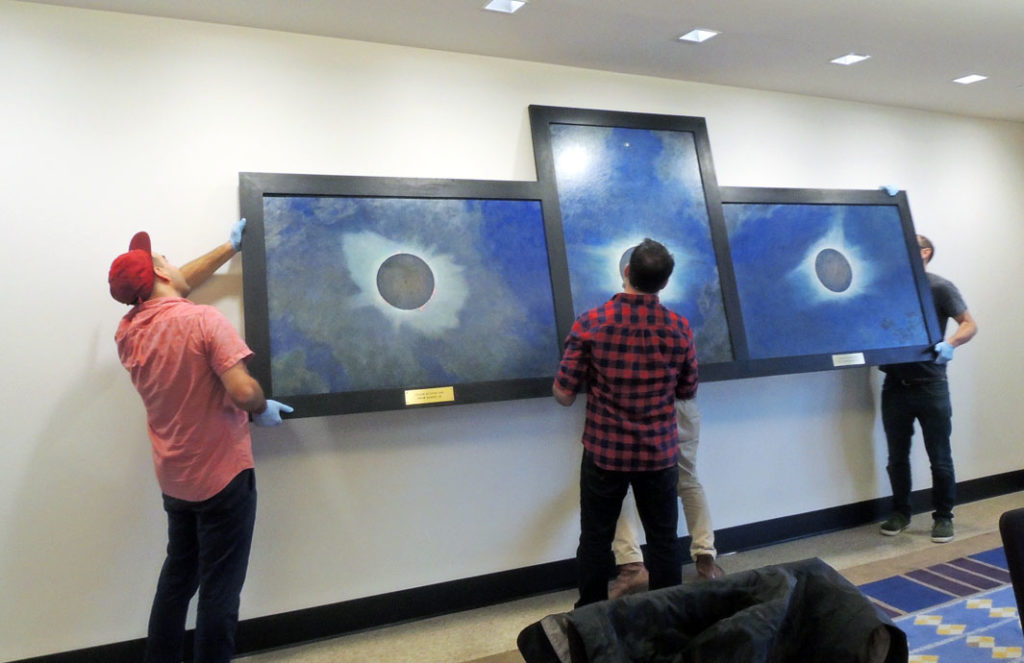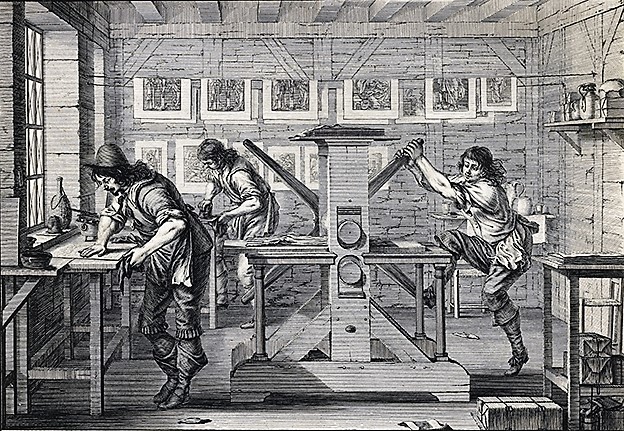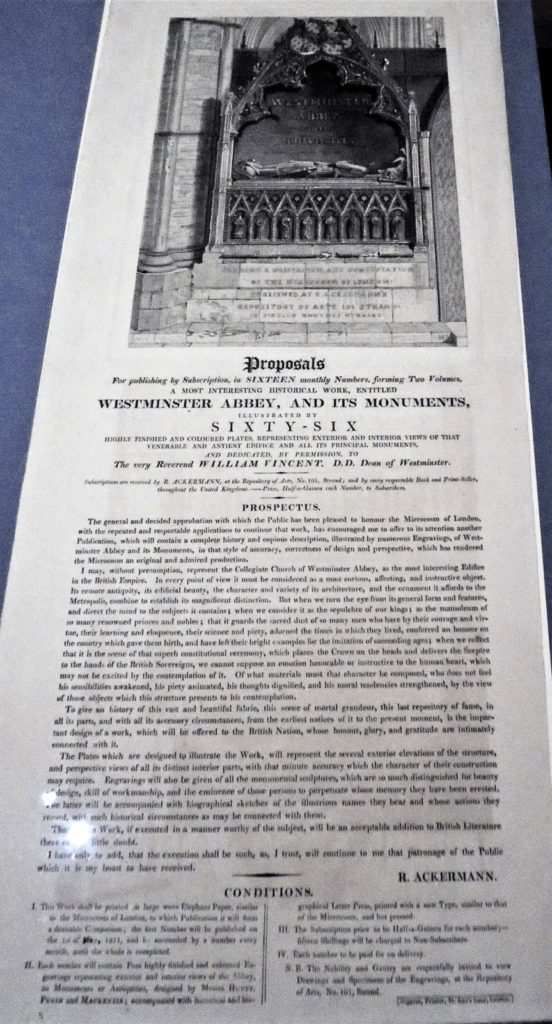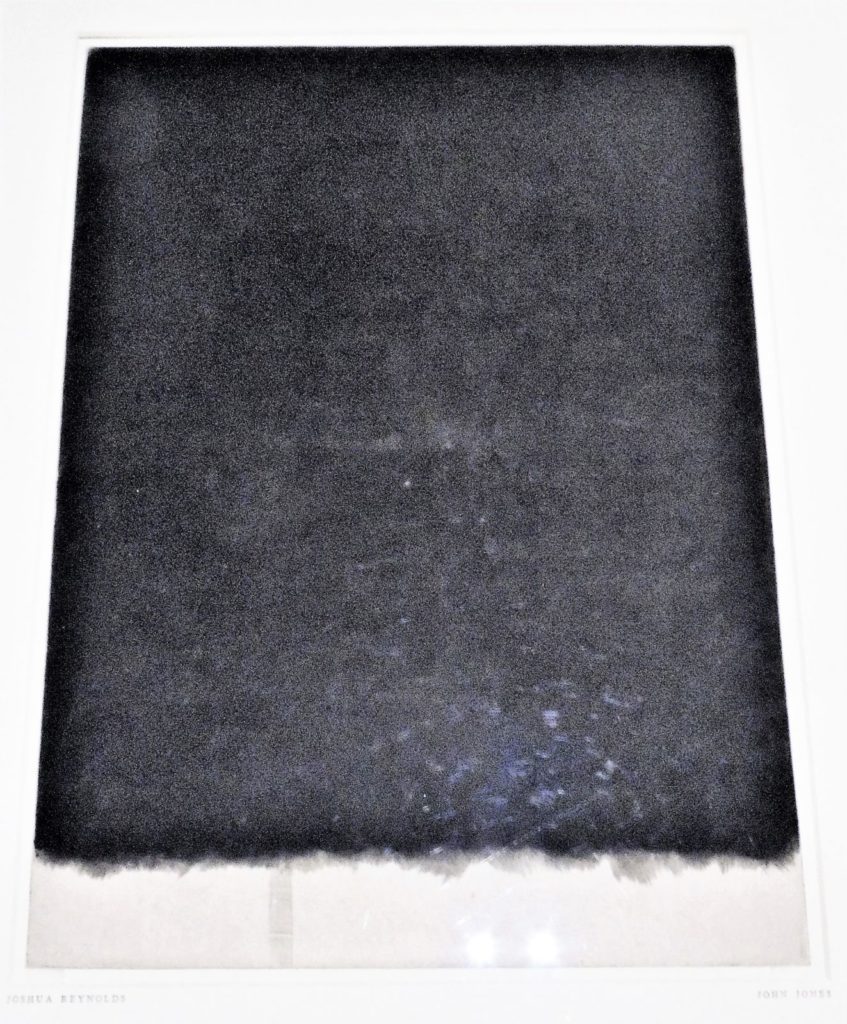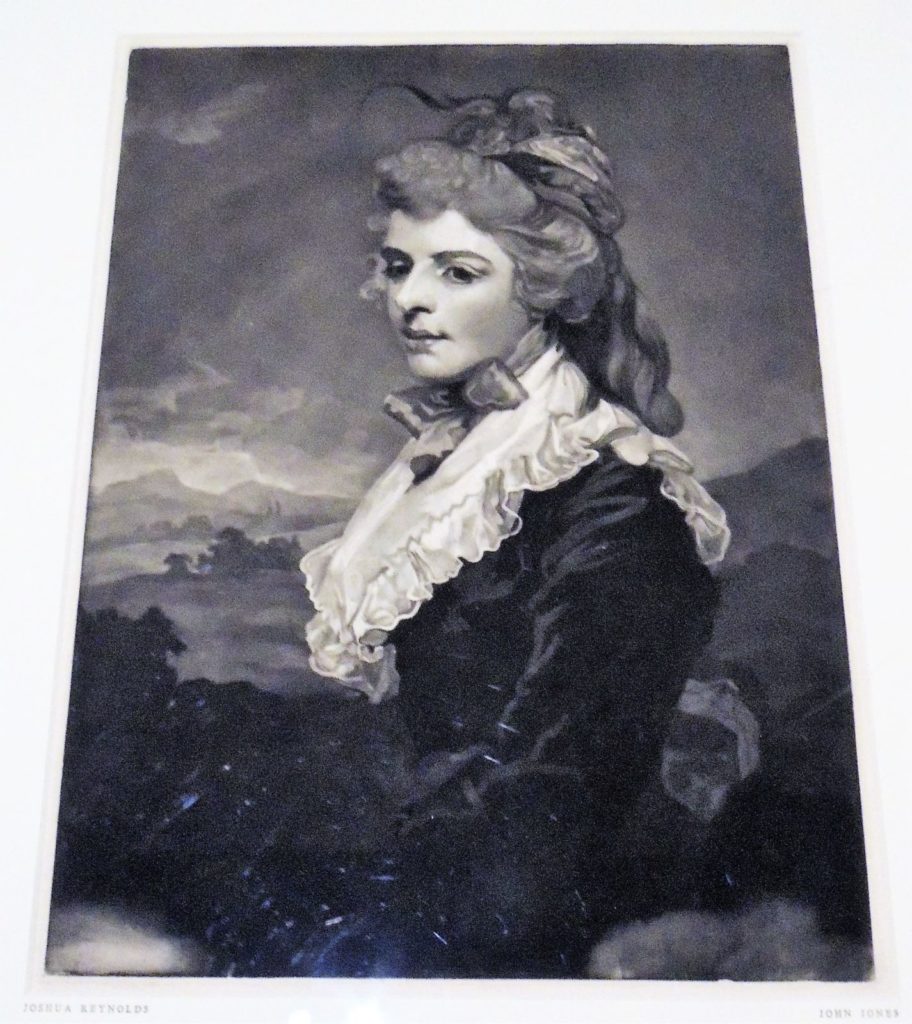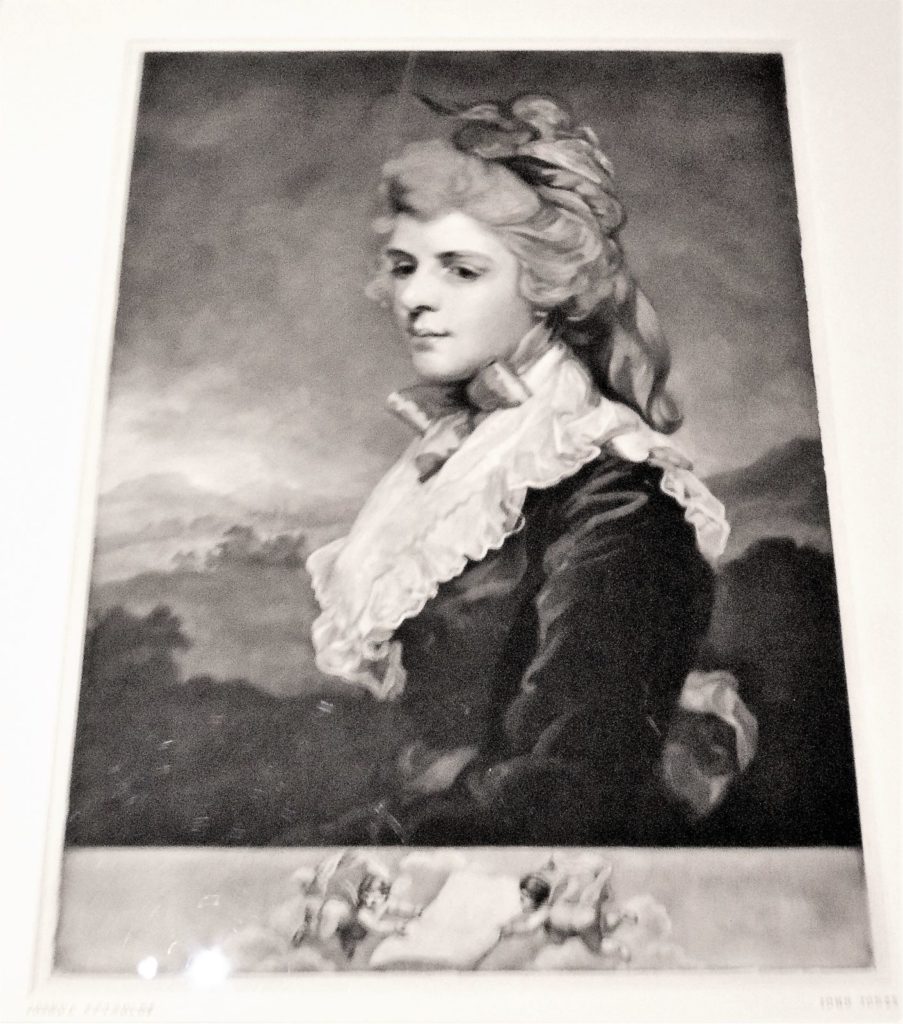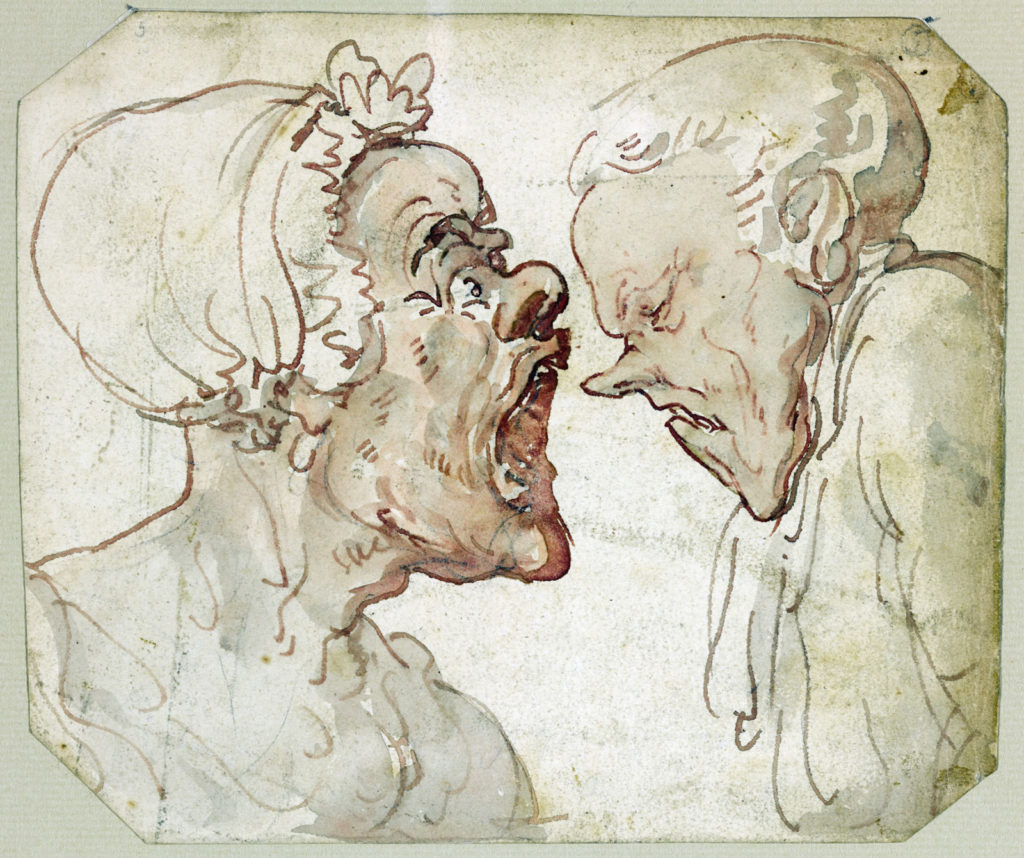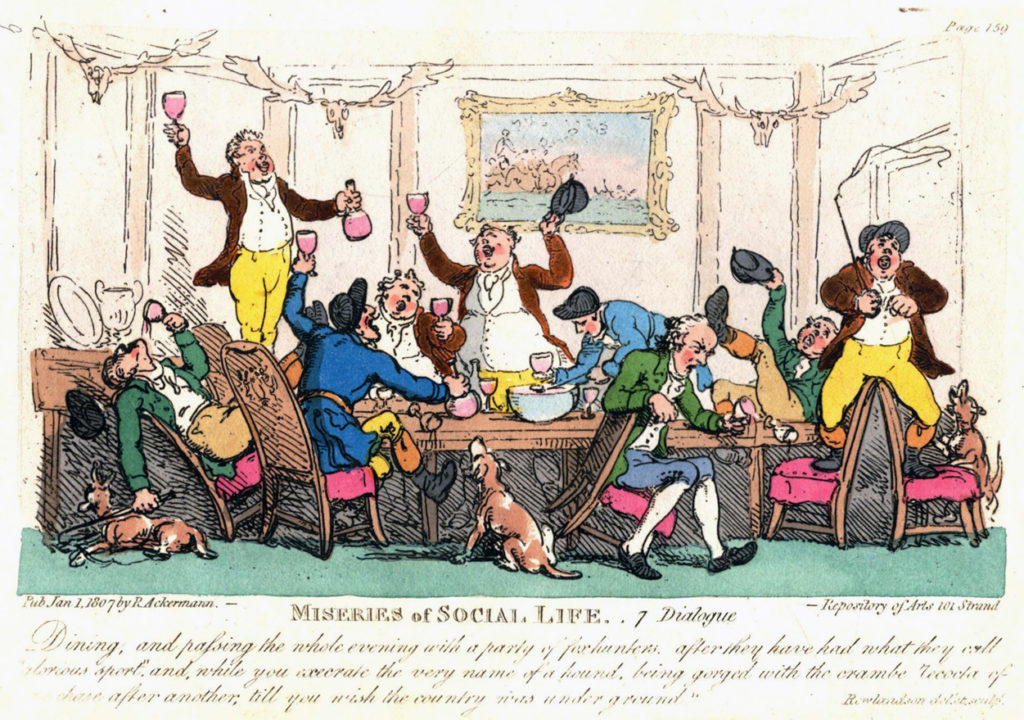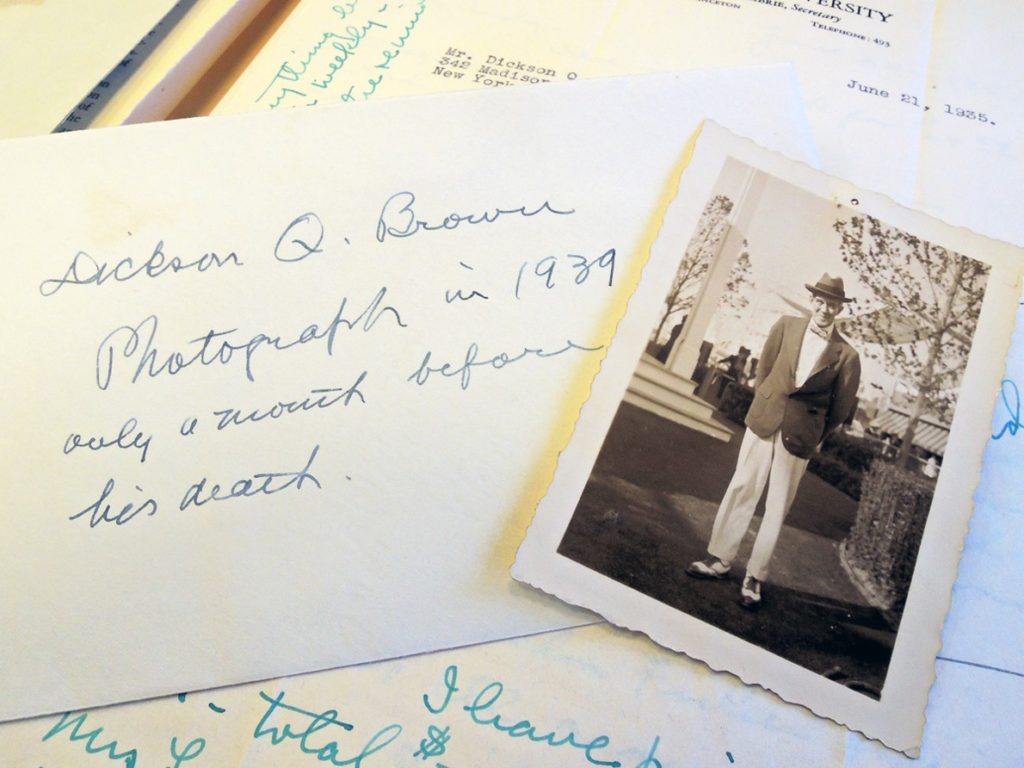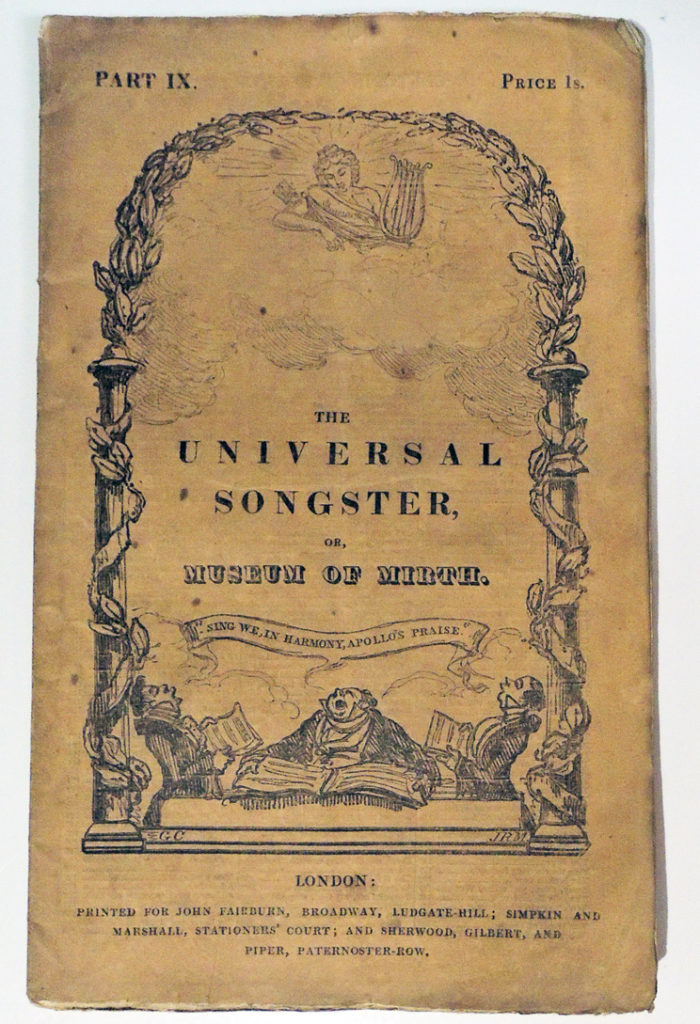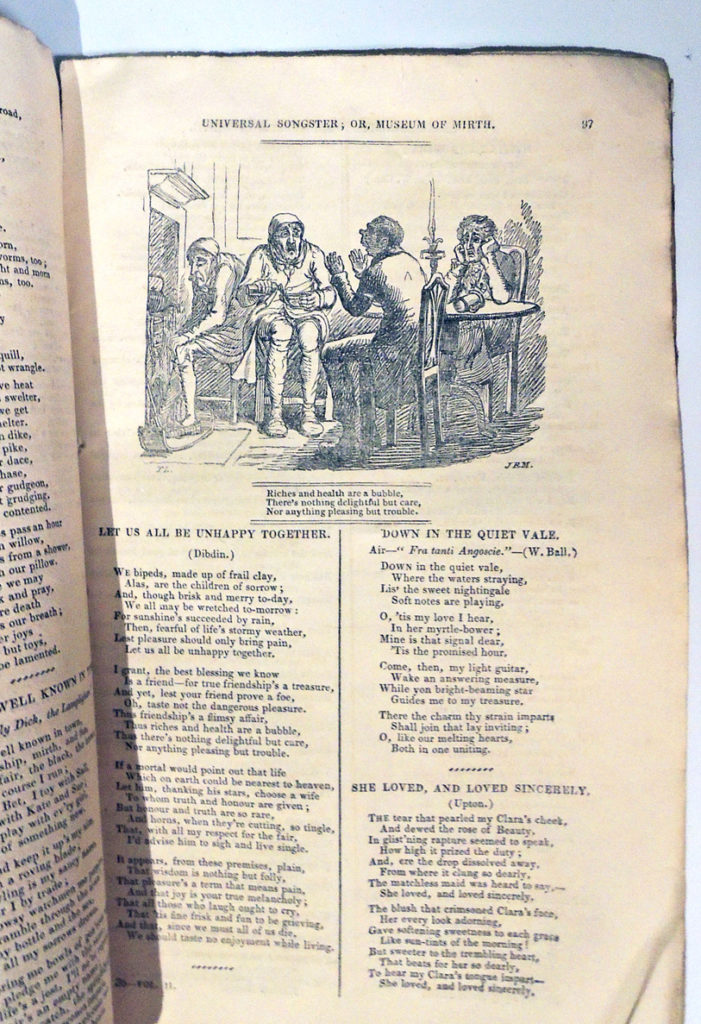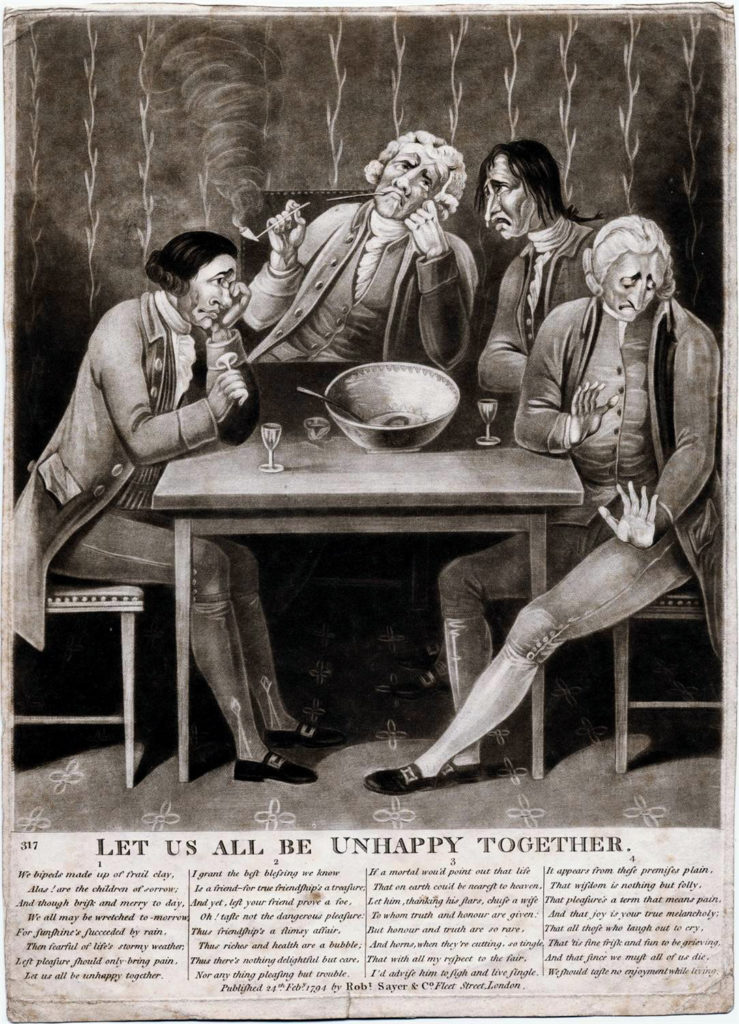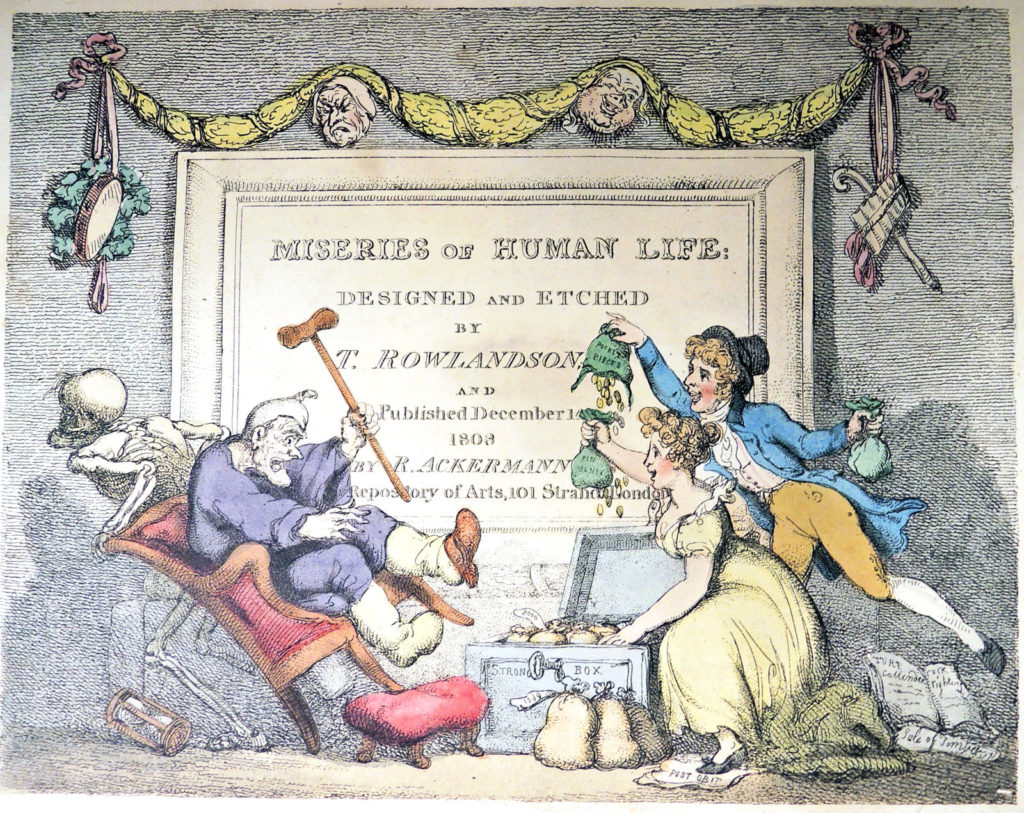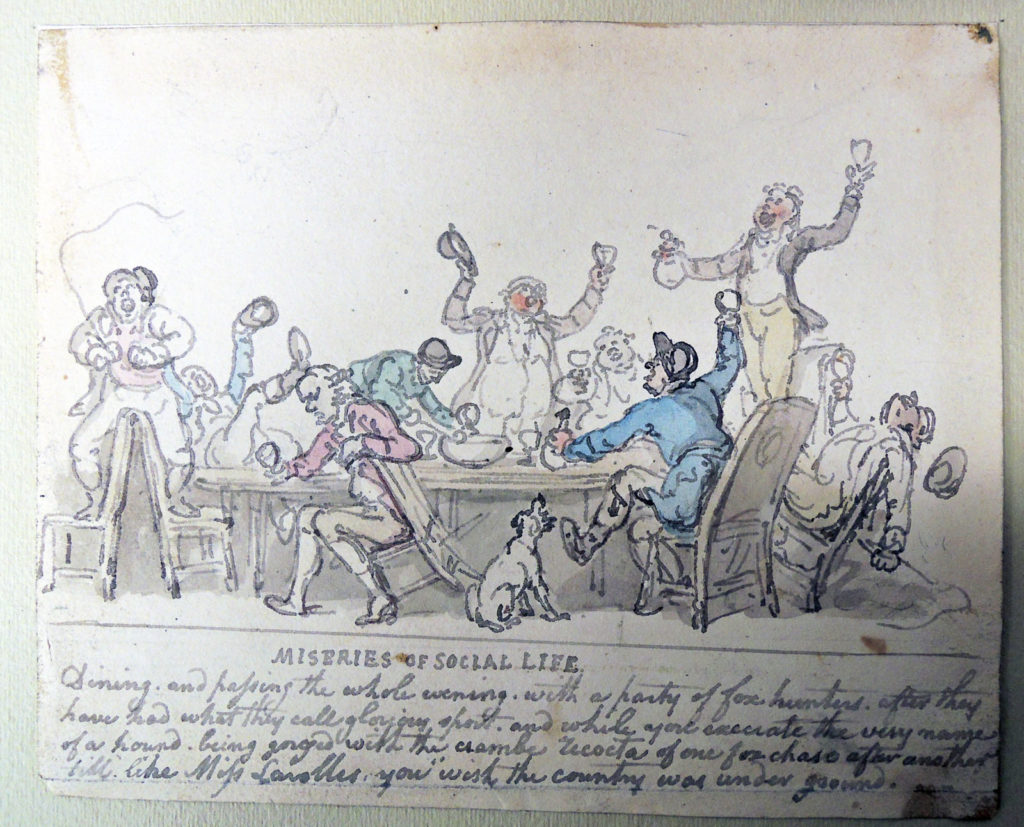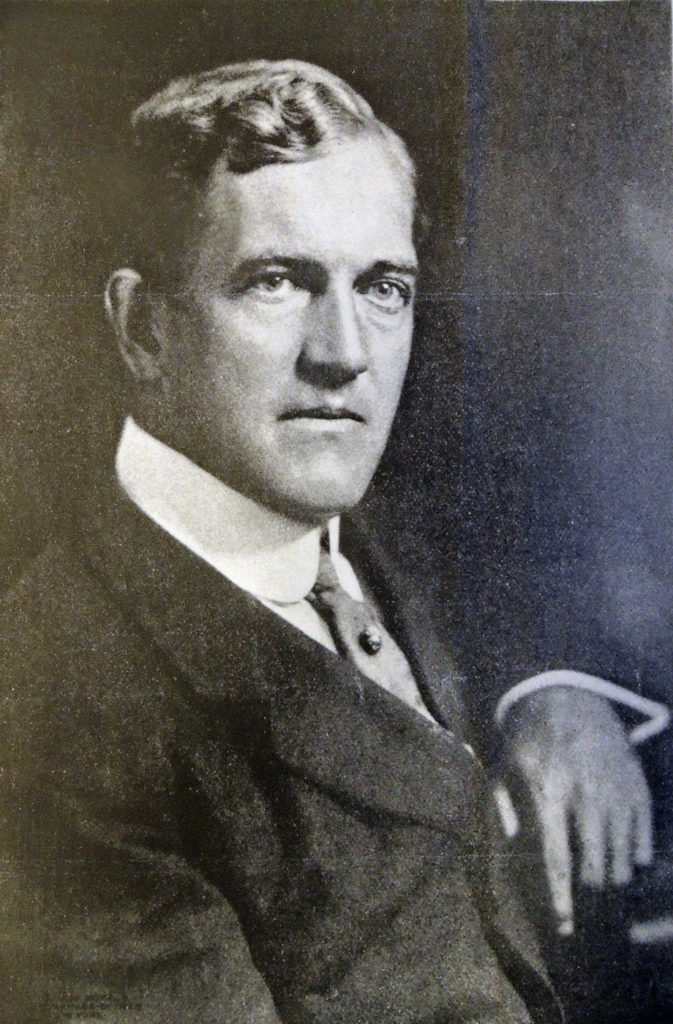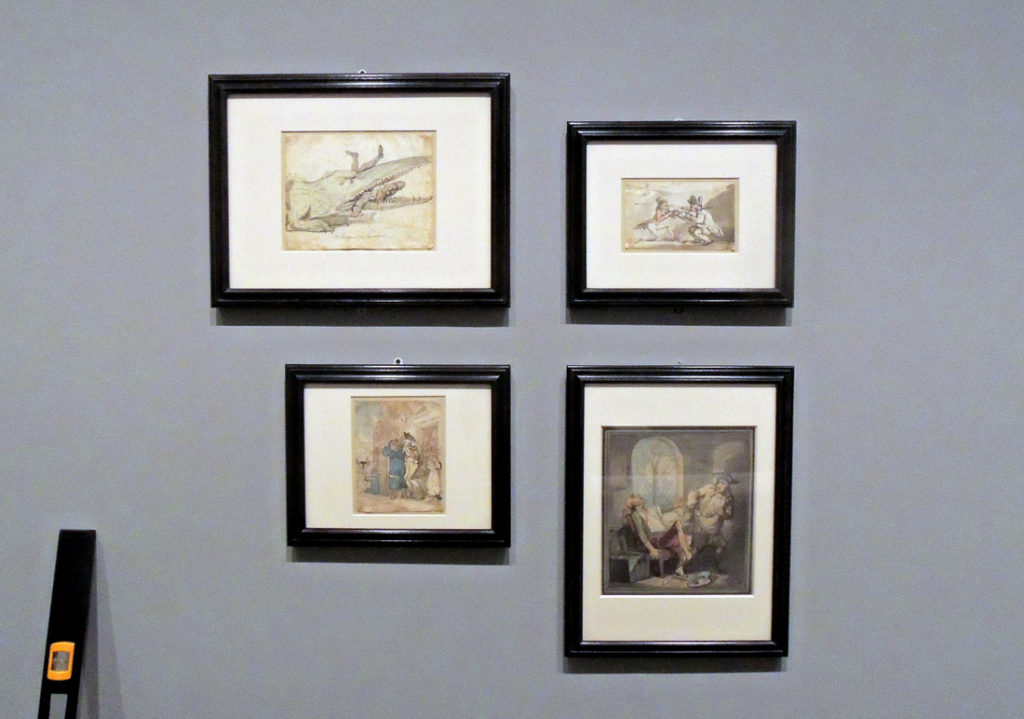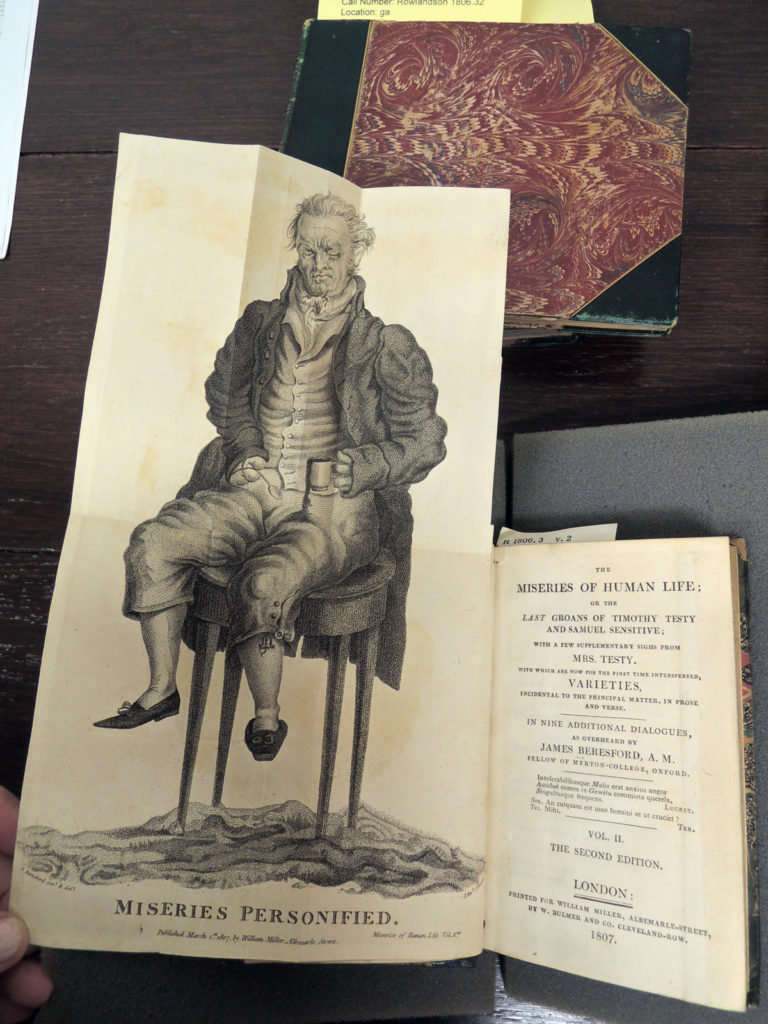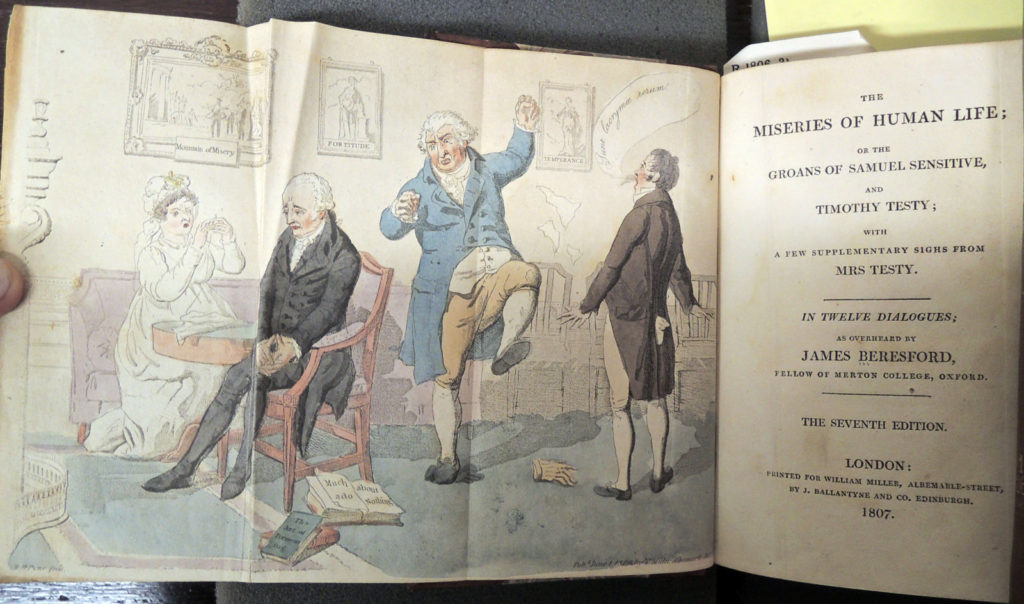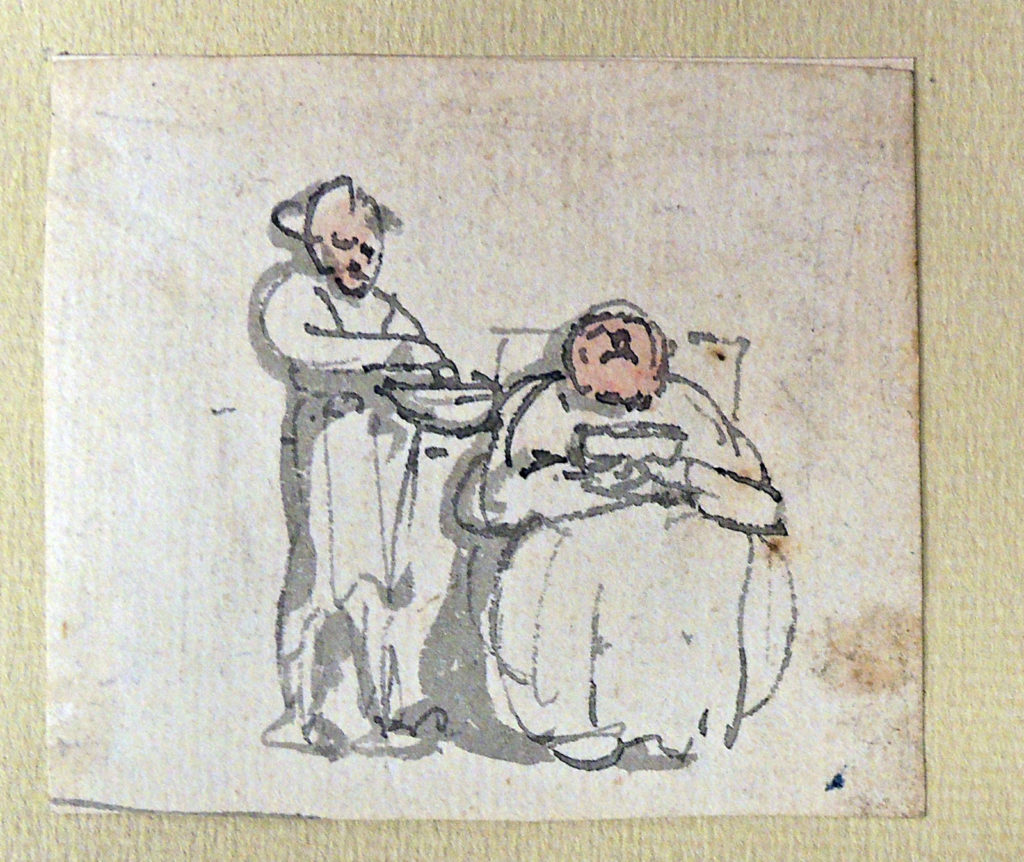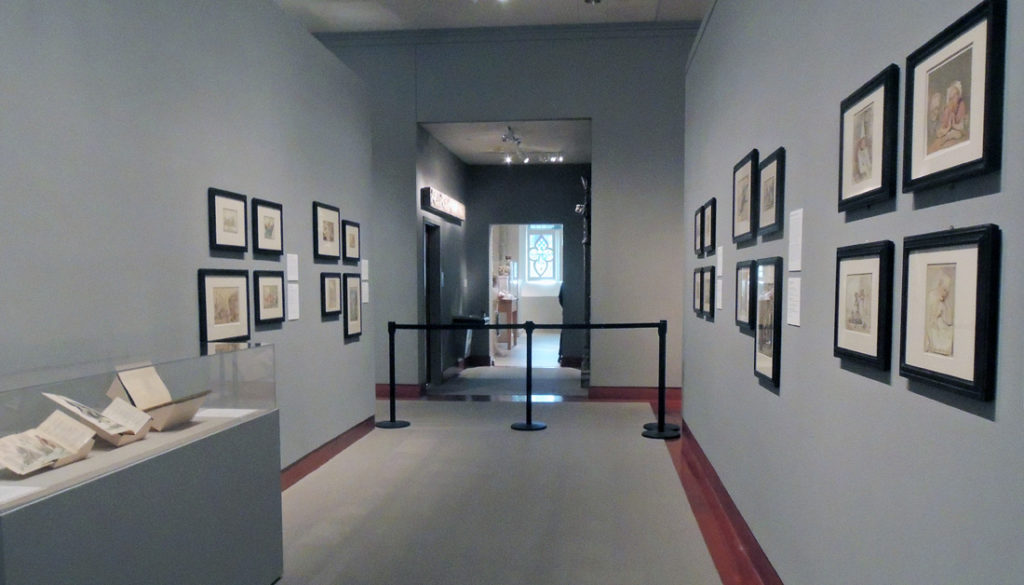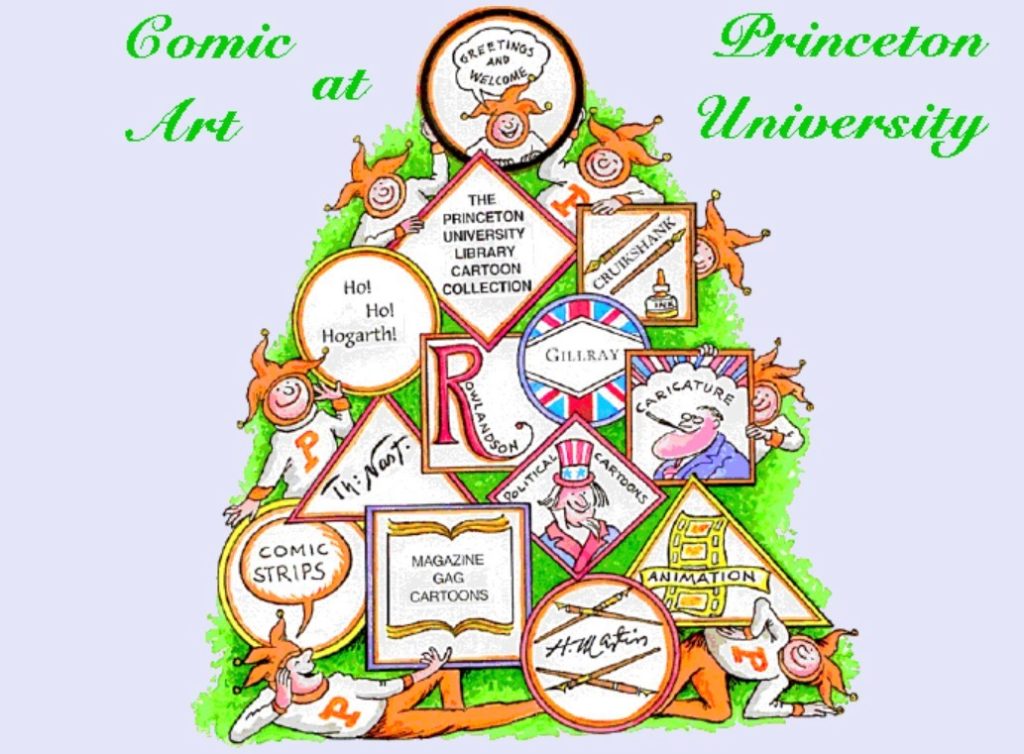 Speaking recently with Henry Martin, Class of 1948, he reminisced about conceiving and producing the first online exhibition for the department of rare books and special collections presenting the multifaceted Princeton University Library Cartoon Collection: https://lib-dbserver.princeton.edu/visual_materials/gallery/cruikshank/index.html
Speaking recently with Henry Martin, Class of 1948, he reminisced about conceiving and producing the first online exhibition for the department of rare books and special collections presenting the multifaceted Princeton University Library Cartoon Collection: https://lib-dbserver.princeton.edu/visual_materials/gallery/cruikshank/index.html
The web site was designed by Adriana Popescu, Special Collections Assistant in the Visual Materials Division, as part of an independent study project in the School of Communication, Information and Library Studies at Rutgers University. John Bidwell, former graphic arts curator and current Astor Curator and Rare Books Department Head, Morgan Library and Museum, oversaw the project. Permission to reproduce these images was kindly granted by The New Yorker Magazine, Inc., Warner Bros., Newspaper Enterprise Association, Inc., King Features Syndicate, Rube Goldberg Incorporated, Princeton Tiger Magazine, Mr. William Hewison, Mr. Michael Witte and Mr. Henry Martin.
With thanks to all of these participants, the site continues to be enjoyed after more than fifteen years.
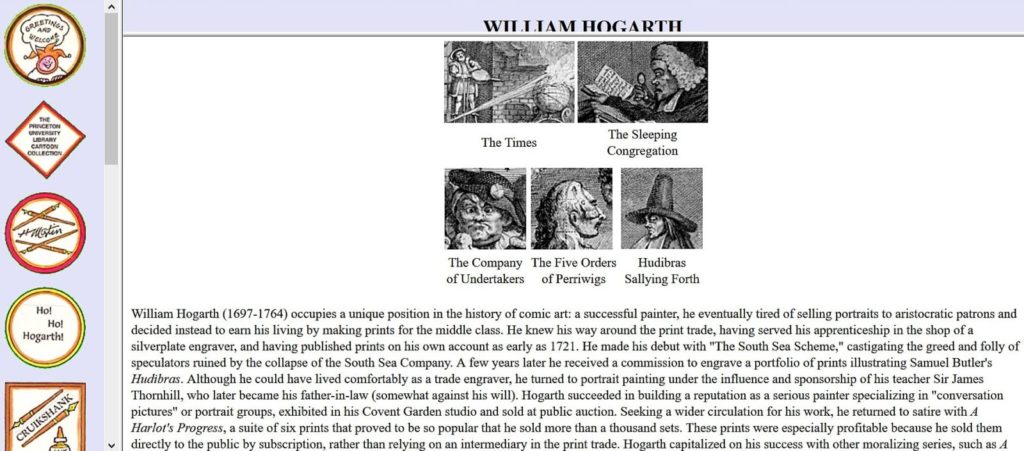
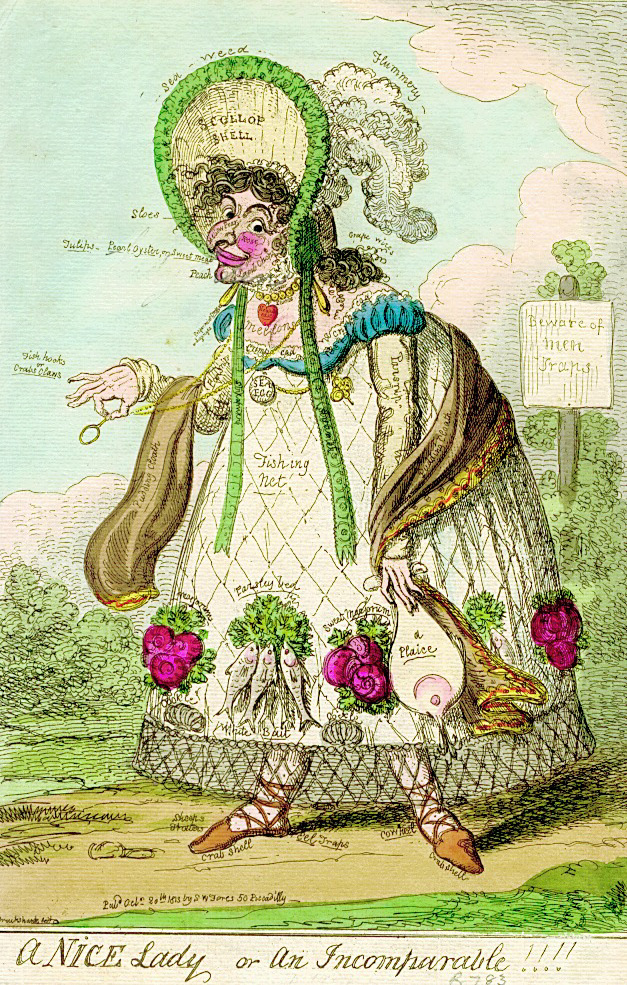
Henry Martin writes:
“Several Princeton collections have strong holdings in comic art, cartoons, and pictorial satire. The Graphic Arts Collection has several thousand caricatures in the form of prints or drawings, mainly in the Dickson Q. Brown ’95 Collection of Thomas Rowlandson and the Richard W. Meirs ’88 Collection of George Cruikshank.
Although not strictly cartoonists, book illustrators specializing in comic themes such as Felix O.C. Darley, Augustus Hoppin, and John McLenan are well represented in the Sinclair Hamilton Collection. The Library has published a two-volume catalogue of the Hamilton Collection under the title of Early American Book Illustrators and Wood Engravers, 1670-1870 (1958-1968).
As a point of interest to the alumni of Princeton University, the Graphic Arts Collection has original artwork by several Princeton graduates: Whitney Darrow, Jr. ’31, Henry Martin ’48, Michael C. Witte ’66, and Henry E. Payne IV ’84. The Theatre Collection has caricatures of dancers, actors, and other show-business personalities, including several drawings by Al Hirschfeld, the indefatigable chronicler of the New York stage. Graphic Arts and the William Seymour Theatre Collection each have a few animation cels.
The Seeley G. Mudd Manuscript Library contains several significant cartoon collections, mostly documenting American political affairs between 1890 and 1950. The Political Cartoon Collection (MC180) has nearly a thousand original drawings, including 75 by Homer C. Davenport (1867-1912), a Hearst cartoonist, one of the most savage caricaturists of his day. In the William H. Walker Collection (MC068) are approximately a thousand pen-and-ink drawings executed by Walker (1871-1938), a regular contributor to Life magazine and a pungent critic of the political scene during the administrations of Theodore Roosevelt and Woodrow Wilson.
The Carey Cartoon Service Collection (MC156) consists of large color boards displayed in shop windows, most of them commenting on foreign policy issues during World War I. As of December 2002, soon to be added is the Derso and Kelen Cartoons. The curator for Public Policy papers has particulars about this new collection.
Altogether, these Princeton collections cover several centuries and many categories ranging from early political and humorous drawings of Rowlandson, Cruikshank, Gillray and Nast to modern comic strip art, caricature, magazine gag cartoons, political cartoons, and cels from animated films. Princeton’s resources are as deep as they are broad. Hoping to do justice to its diverse holdings, I have conceived this exhibit as an overview, a sampling of the cartoons that the Library has collected and preserved for the perusal of students, scholars, and devotees of the comic arts.”
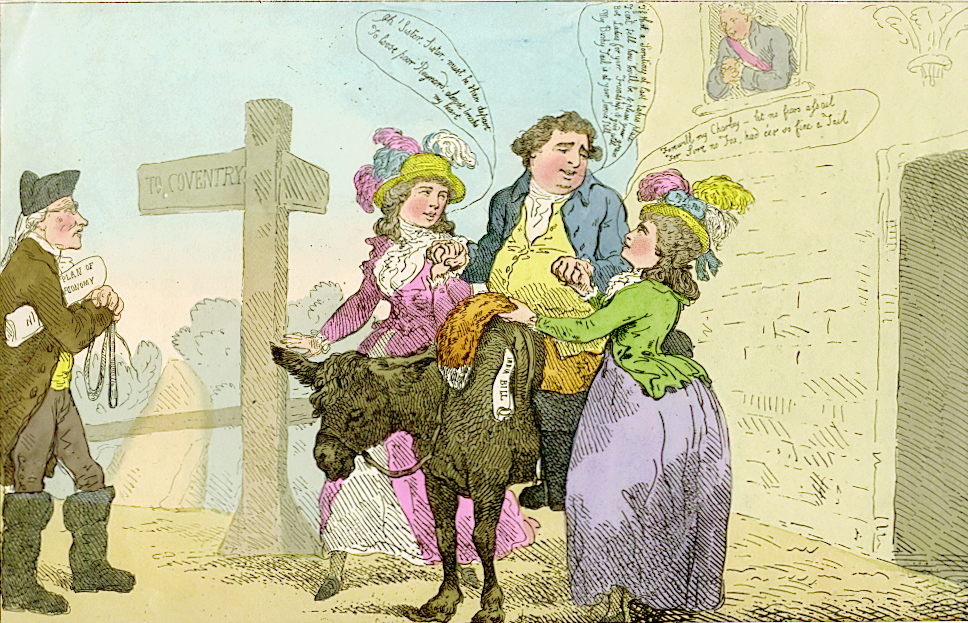 Thomas Rowlandson, The Departure, handcolored etching, 1784. A satire on the Whig politician Charles James Fox, who had to retire from the fray momentarily until he could claim the Parliamentary seat for Westminster. Proverbially, he was sent to Coventry. Here he is bidding farewell to his supporters, the Duchess of Devonshire and Lady Duncannon, while his ally Edmund Burke stands ready to perform the role of postilion and his patron, the Prince of Wales, looks down on this tender scene from a palace window. Cartoonists usually depict the spoken word with a conversation balloon, almost the trademark of present-day comic strips. In this example, Rowlandson has his characters speak in rhyme, with balloons indication where the words belong.
Thomas Rowlandson, The Departure, handcolored etching, 1784. A satire on the Whig politician Charles James Fox, who had to retire from the fray momentarily until he could claim the Parliamentary seat for Westminster. Proverbially, he was sent to Coventry. Here he is bidding farewell to his supporters, the Duchess of Devonshire and Lady Duncannon, while his ally Edmund Burke stands ready to perform the role of postilion and his patron, the Prince of Wales, looks down on this tender scene from a palace window. Cartoonists usually depict the spoken word with a conversation balloon, almost the trademark of present-day comic strips. In this example, Rowlandson has his characters speak in rhyme, with balloons indication where the words belong.
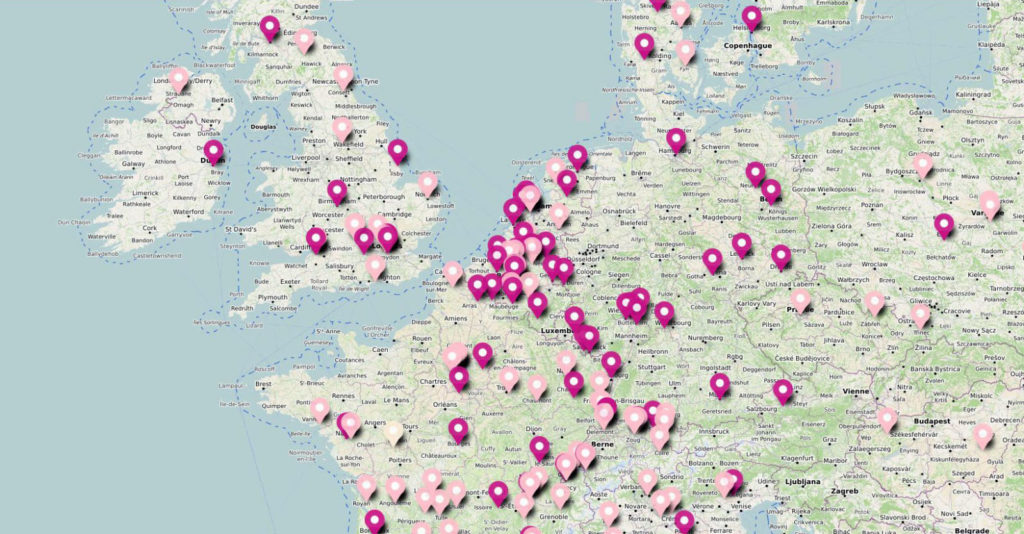 A new interactive map has been posted by the Association of European Printing Museums (AEPM). It is searchable and provides the names and contact details for museums of printing and academic institution with printing programs as well as cultural heritage organizations of interest to the graphic arts community. Text is in English and French. http://www.aepm.eu/museum-finder/
A new interactive map has been posted by the Association of European Printing Museums (AEPM). It is searchable and provides the names and contact details for museums of printing and academic institution with printing programs as well as cultural heritage organizations of interest to the graphic arts community. Text is in English and French. http://www.aepm.eu/museum-finder/